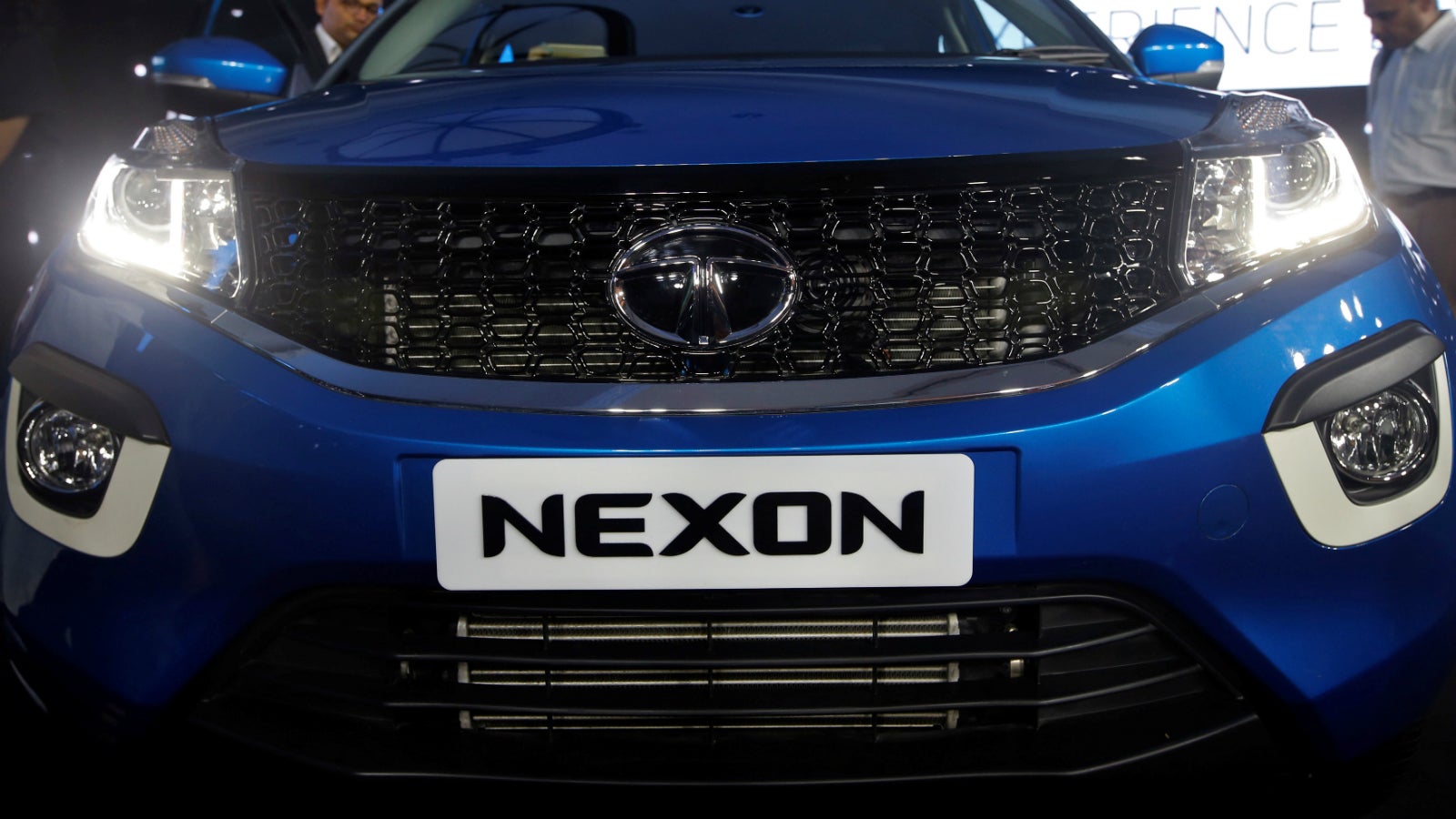Indian car makers have upped the safety game but buyers are penny-pinching
Indian passenger-vehicle makers are finally proving they can cut the mustard when it comes to global standards for road safety. A UK-based safety certification body last week recognised homegrown automobile companies that have gone the extra mile to build safe cars for Indian roads.


Indian passenger-vehicle makers are finally proving they can cut the mustard when it comes to global standards for road safety. A UK-based safety certification body last week recognised homegrown automobile companies that have gone the extra mile to build safe cars for Indian roads.
Global New Car Assessment Programme (NCAP) has given a four-star rating (out of a maximum of five) to two Tata Motors models—the Tata Nexon SUV and Tata Zest sedan—based on their safety features. Maruti Suzuki’s compact SUV Vitara Brezza was the third Indian model with a four-star rating in a list that lacked any five-star rated models. Among foreign car makers, only two models—the Toyota Etios and Volkswagen Polo—were at par, said Global NCAP, which has been crash-testing cars that run on Indian roads since 2014.
While the list shows that Indian car makers have been upgrading their safety standards, it remains to be seen if this translated to higher sales. The Indian consumer, after all, is known for his penchant to put price ahead of anything else.
The cost-sensitive market has compelled car makers to compromise on safety features to make cheaper cars. This explains why around 20 models stood with a zero rating at the opposite end of NCAP’s safety scale.
Safety second
The impact of safety rankings is closely linked to consumer behaviour, which differs by geography. Brands, therefore, adopt different strategies in different countries. Case in point: Renault Lodgy.
The multi-purpose vehicle (MPV) from France’s Groupe Renault was given a zero rating by NCAP in India because it lacks airbags and child-safety systems. In the European market, however, Renault is known for the highest standards. “Renault has its European cars rated at five stars (by NCAP). But when the same company makes cars for developing markets, the price decides how much safety features one can put in place,” said Deepesh Rathore, director at consulting firm Emerging Markets Automotive Advisors.
In its defence, the French firm said, ”Our products are ARAI (Automotive Research Association of India) certified, which is the current mandate in India. The crash tests by Global NCAP are conducted at speeds higher than that prescribed by the regulatory authorities.”
Cars with better safety provisions will gain favour only when prices of safety equipment like air bags see a decline. “Their prices have already started falling. As volumes increase, prices start falling. Many compact SUV segments already use air bags and a lot of consumers opt for these models,” Rathore added.
But, by and large, consumers who are willing to spend an extra buck for added safety features are few in number. Ratings like that of NCAP, therefore, have very little material consequence for the price-conscious Indian car buyer. “Our buying patterns are changing, yes. But it hasn’t changed that drastically. These rankings (by NCAP) will have very little impact on the Indian consumer,” said Gaurav Vangal, auto sector analyst with global information provider IHS Markit.
In 2014, Maruti’s Alto and Hyundai’s i10 fared very badly in the NCAP rankings. Their sales were not impacted because of this. So these rankings don’t affect Indian buyers, Rathore affirmed.